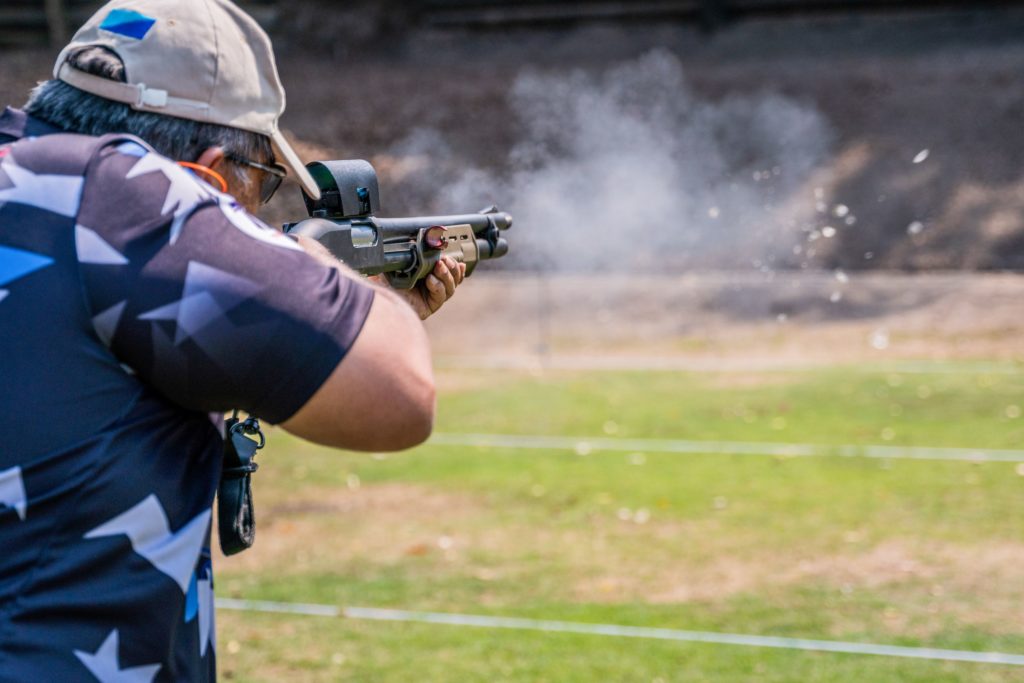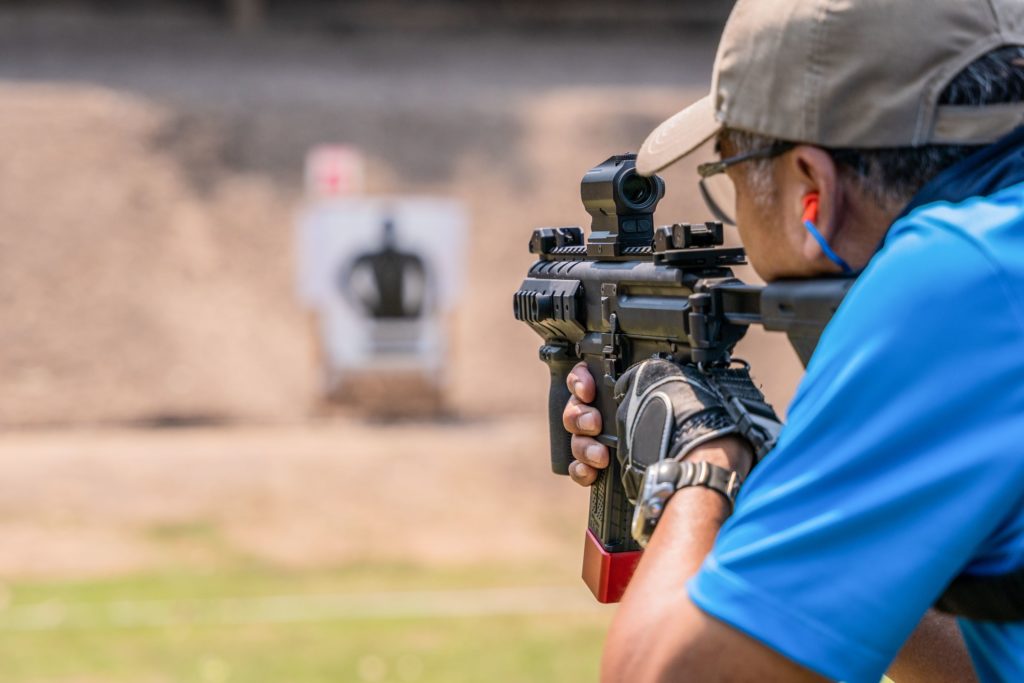You might’ve come across videos of people shooting fast while expertly moving through a course. But you probably might’ve not known that the sport is practical shooting. Its premier organization, the United States Practical Shooting Association (USPSA), has over 37,000 members from more than 440 affiliated clubs nationwide.
It’s a more prominent sport than casuals assume, with thousands of competitions held annually by one of the largest practical shooting organizations in the world. As such, matches are usually fiercely competitive, with participants consistently working on building speed, reaction time, and conditioning.
This article discusses USPSA competitions and why it’s one of the most exciting sports you’ve probably never considered.
What makes USPSA matches so exciting?
Set in practical shooting scenarios where shooters must move through a course of static and moving targets, USPSA matches require precision, speed, and tactical thinking. Also called action shooting, the sport involves moving and shooting from different positions while navigating a course—all while considering practical shooting’s unique scoring system.
While these stages test a shooter’s ability to handle their firearm with speed and precision under various conditions, they also serve as a problem-solving platform. As a freestyle competition, practical shooting allows competitors to develop their strategy to produce the most points as quickly as possible, using different ammo ranging from 9mm to .300 blackout.
Other dynamics at play that make practical shooting an exhilarating sport include the following:
- Shooters must remember time and score while navigating courses and hitting targets as quickly and accurately as possible.
- Competitors can use various firearms (depending on match regulations), enabling shooters to hone their skills using handguns, rifles, and shotguns.
- Courses simulate real-life scenarios, forcing competitors to adapt quickly to each situation.
More importantly, shooters are classified based on their skills. As they learn, improve, and master their skills, shooters can participate in matches that offer a relatively level playing field. This tiered system brings a consistent level of excitement to every match, adding the element of progression to the sport.
USPSA competition scoring
Admittedly, the USPSA competition’s complex scoring dynamics can present a barrier to beginners and prospective action shooters. To try and understand this system, below are its primary elements:
- Power factor scoring
The power factor refers to a bullet’s muzzle velocity multiplied by the shell’s grain weight (/1,000). For example, a 147-grain 9mm bullet going 875 feet per second has a power factor of 129 (147 × 875 = 128,625/1,000). During competitions, firearm rounds with a power factor greater than 165 are Major. Those under 165 have a Minor power factor. The power factor system gives a scoring advantage to harder-hitting rounds as they compromise speed and precision.
- Target scoring
Target scoring is much simpler, with targets divided into zones A, C, and D—awarded 5, 4, and 3 points for major power factor shooters, respectively. Meanwhile, those same zones are awarded 5, 3, and 1 points for those using minor power factor ammunition. Again, harder-hitting shells get more points because taking follow-up shots with higher-caliber firearms is more challenging.
- Hit factor
In its simplest sense, the hit factor translates to points per second. So, if a shooter gets 100 points in 21 seconds, they get a hit factor of 4.76. Meanwhile, there are penalties for various infractions, such as completely missing targets and shooting outside specified shooting positions.
As you can imagine, combining the three elements opens avenues for creative strategies, resulting in highly-competitive matches. The heightened focus required and the time pressure involved make practical shooting competitions a high-stress, albeit rewarding, endeavor. As such, some practitioners even use visualization techniques to boost performance.
For brevity, this is a simplified overview of USPSA competition scoring. You can find the complete scoring breakdown on the USPSA website. If you’re thinking about trying practical shooting, don’t let the complexity of its scoring system dissuade you. As experts advise, focus on firearm handling and shooting, and worry about the scores later.

Why practical shooting is a sport worth trying
The rapid-fire pace of USPSA matches and its scoring dynamics require precision, speed, and tactical thinking, producing a sport that’s as exciting to practice as it’s badass to watch. The well-rounded skills required to make a good action shooter would make John Wick nod in approval.
Still, the discipline the USPSA instills in its members makes it “badass.” Like how trained fighters adhere to the restrained and responsible use of their lethal skills, the USPSA promotes accountable and safe firearm handling.
In addition, there are different classifications shooters can compete in, from club-level to regional and national championships. These classifications provide a level and more enjoyable playing field for shooters of every skill level. And with clubs fostering a tight-knit community, practitioners can also enjoy the camaraderie among kindred spirits—a sense of belonging everybody yearns for.
